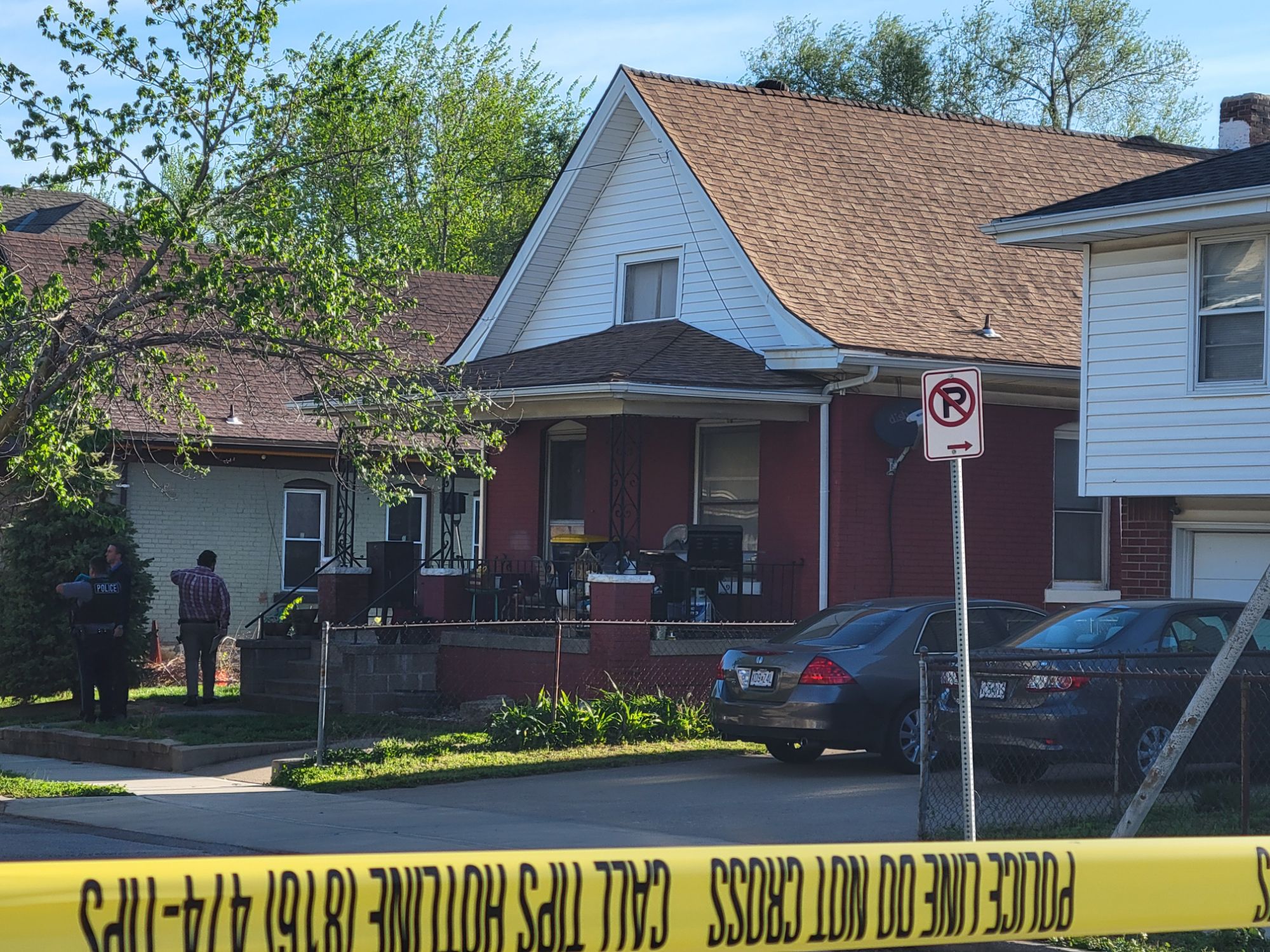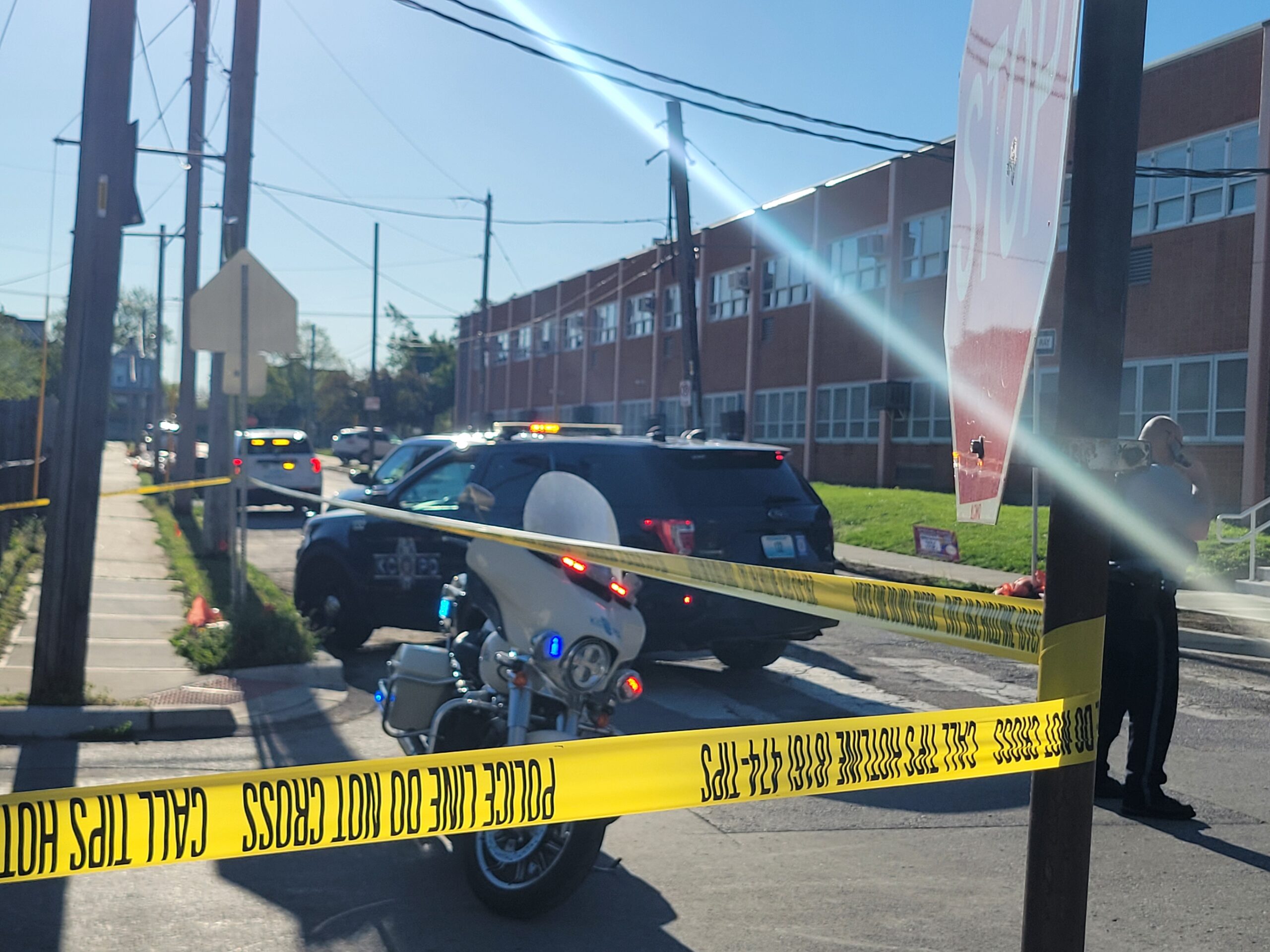By Paul Thompson
Northeast News
KANSAS CITY, Missouri – Below, I promise a well-reasoned take on the issues that the Kansas City Royals are currently experiencing with the right field position. With the Gods as my witness, I’ll even propose a solution for the quagmire. But first, allow me a brief monologue about the value of new-age, statistical mumbo-jumbo as it relates to production on a baseball field.
Perhaps the most informative of any offensive statistic in baseball is on-base plus slugging percentage (OPS), which simply combines a player’s on-base percentage (how often a batter reaches base in his plate appearances) with his slugging percentage (which calculates how often a batter registers an extra base hit – defined as doubles, triples, and home runs).
In Major League Baseball, a .700 OPS is considered roughly average, an .800 OPS is above-average, an .850 OPS is well above-average, and a .900 OPS is elite. Anything above .950 is rarefied air – reserved for the game’s multi-generational talents. For reference, 115 MLB players registered a qualified OPS above .700 during the 2015 season. Of those, only 46 ended the season with an OPS above .800, 25 reached .850, and just 11 finished with an OPS above .900. The .950 OPS club consisted of only five members – perennial all-stars Miguel Cabrera, Mike Trout, Joey Votto, Paul Goldschmidt, and Bryce Harper.
In 2015, 51 MLB outfielders registered enough at-bats to qualify for the batting title. Of those, the worst OPS (.635) belonged to San Francisco Giants left fielder Angel Pagan. To be clear, that figure is considered well below replacement-level for an outfielder. Pagan’s 2015 season artfully combined a proclivity for making outs with non-existent power, all while relying on his team to overlook those negative contributions and offer him more than 500 at-bats. That the Giants did so was a minor miracle. More often than not, a team will eventually tire of the lack of output and unceremoniously shift the struggling player to either the bench or the minor leagues.
All of this brings me back to the case of the 2016 Kansas City Royals and the position of right field. Specifically, how long will management put up with the dearth of production coming from Jarrod Dyson and Paulo Orlando?
Dyson was limited by an injury in the early going, but he’s registered just a .546 OPS and four extra base hits in 69 at-bats since his return to the lineup. Orlando hasn’t been much better, posting a batting average-aided .653 OPS with two extra base hits, one RBI, and zero walks while striking out 13 times in 47 at-bats. Casual fans can easily decipher the problem: neither player represents a legitimate threat to hit the ball hard. With both Dyson and Orlando now on the wrong side of 30 years old, that doesn’t figure to change.
Here’s the part of the story where I present a potential solution to this problem. His name is Brett Eibner, and he’s a 27-year-old post-hype prospect who’s putting up an .882 OPS with solid walk rates at Triple-A Omaha. A former second round pick in the 2010 MLB Draft, Eibner is a converted pitcher who has flashed serious power (as well as a tendency to strike out at alarming rates) during his admittedly lengthy minor-league career.
Historically, Eibner seems to take one step back for every step forward. After a promising 2011 short-season debut in which he hit 12 home runs in 76 games, Eibner was promoted a level in 2012. He would go on to hit .196 with 165 strikeouts in 120 games. He bounced back the next year to hit 19 home runs, 17 doubles, and nine triples at Double-A Northwest Arkansas, posting a respectable .781 OPS in the process. But true to form, Eibner stumbled in his first experience at Triple-A in 2014. There, he posted a .697 OPS with middling power, suffering through a disappointing season. Needless to say, astute fans braced for the worst after Eibner came back in 2015 with 19 home runs, 23 doubles, and an .878 OPS in just 289 at-bats. The breakout, we figured, was simply another tease.
And yet here we are in 2016, with the major-league team struggling and Eibner once again raking in Triple-A. Now with nearly 800 total at-bats in Omaha, the 27-year-old appears to have taken a real step forward. Meanwhile in Kansas City, only Eric Hosmer and Mike Moustakas have produced an OPS above .850 this season, and Moustakas is currently on the disabled list with a fractured thumb. The next most productive hitter at this point is Lorenzo Cain, who currently sports a .730 OPS.
While I expect the team’s power numbers to improve significantly over time, I tend to doubt that either Orlando or Dyson will be the catalysts to an offensive renaissance. At this point, we know what those guys are. But who exactly is Brett Eibner? It’s time to find out.


















